Feng Shui - Definition:
Nowadays, almost everyone is familiar with the concept of Feng Shui. Only almost everyone understands something different by it. Almost everyone has heard or learned something different.
What is behind it and how do we deal with it?
Different alternatively-orientated healing models and an integral way of thinking come together under the Feng Shui concept. It is therefore difficult to talk about Feng Shui as long as everyone understands something different by it.
The question is: “What is someone looking for, if he is interested in Feng Shui?” When you pursue this question we find 3 fundamental factors which build on each other:
- Health .. is the first aspiration, in particular if you are ill. In the company it is synonymously about the recovery of a company.
- Happiness .. is part of a development, which is about being in tune with the environment. In terms of the company, it is the proximity of the products and the employees to the market.
- Fulfilment .. is authentic (creative) existence. Here, too, the company pendant is a living company which develops successfully in its way and offers the market ever new creative products and solutions.
Feng Shui means Wind and Water. A simple association to perceive Feng Shui is:
- Wind moves Water
- Heaven moves the earth
- Spirit forms matter
- Thought manifests reality
Future is no place to go but something we create. The paths cannot be found but we can create them. And the activities doing this changes both, the maker and the target.
Feng Shui - Definition
Room psychology - the Feng Shui principle:
Like a health-orientated therapeutic measure Feng Shui acts on the employees in a psychological way through the room design. The Feng Shui principle can therefore be defined as follows:
- “We design our environment and the environment affects us!”
- “It acts on our feelings, our ideas and our vitality. “Emotional - associative .. consciously and unconsciously.
The resulting room design is a static photograph of our self. This in turn reacts and conveys to our psyche, for example, familiar and supposed security. The environment becomes a medium of self programming.
However, time is flowing as well as the changes in our society, in our thinking and the way in which we express ourselves.
It is therefore important to open yourself up to changes in order to take part creatively in life. In this sense the room design is an important medium, in a psychologically careful way, of bringing the usual security and the courage for changes harmoniously into line. A positive starting point is especially helpful for this and aids getting over so-called “blockades and complexes” faster than negative judgments.
The environment, a room, a building or a place in the landscape acts first on our feelings. We feel good, happy, agreeable, safe, joyous, or the reverse, disagreeable and anxious. When we are very active we do not necessarily become consciously aware of this feeling immediately. Nevertheless, this feeling acts associatively on our thoughts in accordance with its own laws. These change discreetly in a positive or negative direction. However, our thoughts are programme and determine our vitality. We have less strength with negative thoughts, we would prefer to withdraw. On the other hand, positive thoughts mobilize powers within us we didn’t even know we had.
The aim of a Feng Shui training is to be more consciously aware of these interactions. Your environment is your mental feeding ground from which the food that goes into your mind is extracted. Choose your environment with care, one that is positive, one that lifts you up and gives you wings to soar.
Carl Gustav Jung developed the scientific basis for this awareness in western culture. The definition of the conscious, the personal unconscious, and the archetypal area of the collective unconscious provides some insight into the way Feng Shui techniques work. According to Jung, the goal of the lifelong process of individuation is to incorporate as much of the unconscious into consciousness as possible.
Considering the mass of the iceberg which is under water it is easily understandable which force drive us. The forces which can be mobilized by our consciousness are far to weak to overrule the immense forces of our unconscious. As a conclusion, it is advisable to deal with the principles of the unconscious in order to design a living ergonomic and efficient working environment.
Room psychology - the Feng Shui principle
Feng Shui Thinking pattern:
Our own western very differentiating way of thinking differs enormously from the Far Eastern, more holistic view of things. Feng Shui as a traditional Chinese teaching can only be understood if you also adopt the way of thinking of Far Eastern culture.
The fundamental differences between the Western and Eastern way of thinking are:
- Transformation from inside to outside
- Balance instead of the ultimate truth
- Social responsibility before individual right
- Perception of the organism as a whole instead of the Cartesian division of spirit and matter
The division of psyche and body, and the further fragmentation of our self into separate areas (work/private life, church/sports field, feelings/self-presentation, etc.) lead to endless conflicts and confusion and frustration, metaphysically. The inner fragmentation of the Western way of thinking is also reflected in the outer - in a philosophy of life which starts from a multitude of separate objects and events which can be analyzed and used separately from each other by different groups.
However, the I (spirit) as an isolated observer, removed from outer material influences is an illusion. Spirit and matter are only different aspects of a universal unity.
Feng Shui Thinking pattern
The Cartesian division of spirit and matter is an illusion
Feng Shui and Modern Physics
At the start of the 20th century with the findings of the Theory of Relativity and Quantum Physics, Modern Physics did away with the fixed Newton conception of the world. Matter is no longer regarded as static and passive, but as a dynamic active “bundle of energy” which is in a state of constant flux. The traditional concepts of time and space, of isolated objects, and of cause and effect have lost their importance.
In modern Physics the universe is a dynamic indivisible whole which always necessarily also includes the observer.
In his book “Das Tao der Physik”, Fritjof Capra, physicist, system theoretician, philosopher and author, described very well the common ground of modern Physics and the Far Eastern way of thinking.
His work deals with the attempt to overcome the Cartesian division of spirit and body in a scientific way and to replace it with a holistic view of the world.
Given we are part of a whole, we are in constant exchange with our environment. Just like two oscillations which overlap with each other produce a new 3rd oscillation.
Feng Shui and Modern Physics
Yin and Yang
Yin and Yang is the basis of Feng Shui teaching. The polarity of Yin to Yang is, for example, subdivided in the trigrams and hexagrams in finer quality stages. The meanings and attributions are described in the old Chinese I Ging (Book of Changes).
The Yin Yang symbol, however, basically represents the dynamics of the eternal processes of change (birth - growth – maturity – blossom – seeds – death ...).
The constant flux (change), and the movement are best represented in the symbol. In Feng Shui it is not a question of producing a rigid (at times advantageous) situation, but about keeping the things in flux, in movement.
The aim is unity (harmony) and not one-sidedness! (one-sidedness over the short or long term would lead to stagnation and sudden tip-over).
In reference to companies Yin Yang is the dynamic force in company development.
Dynamic means agile, energetic, suspenseful, and power through motion. Dynamics is a requirement for transformation, assimilation, evolution, and continual competitiveness for a company. We differentiate:
- The dynamic of business factors such as equipment, products, and expertise.
- Dynamics through movement of the body to increase vitality and communication.
- Dynamics in the office through movable modular furniture.
Yin Yang
The Feng Shui 5 elements cycle:
The 5 elements cycle represents the whole spectrum of qualities of life. In traditional Chinese medicine the 5 elements are attributed to organs and life systems as well as the associated emotions.
If someone wants to be healthy, everything should be in flux and well coordinated. Nothing must hinder the flow and the changes. The 5 elements are directly linked with our health. By creating harmonious analogies in form and color in our environment, we create catalysts for ourselves, which promote our mental and physical health through transformation (alteration, remodelling).
We can see that it is a complex integral system which covers all areas of life. Consequently, the correlations in form and color can be specifically used in office design:
It is important that we understand that one element is always dependent on other elements. The Chinese tradition of Feng Shui provides us with quite simple analogies with which we can work:
- Water (blue) nourishes the wood (green) – wood needs water to grow.
- Wood (green) nourishes the fire (red) – the fire burns with wood.
- Fire (red) nourishes the earth (ochre) – fire produces ash, dust, earth.
- The earth (ochre) produces the metal (silver)
- The metal (silver) enriches the water (blue) – mineral water
Accordingly, a color combination in the sequence of the “feeding” cycle is always harmonious.
An example: If you have a red occasional table and a blue carpet, this is not appropriate. The water would put the fire out. However, if you design it to introduce a green component, e.g. by having green chairs around the occasional table, then the cycle is re-established.
The Feng Shui 5 elements cycle
Feng Shui Live energy Qi:
Qi is the basic energy for all life. Effects of the vital energy Qi are, for example: vitality, capability, concentration, intuition, creativity, defence capacity of the immune system, disassociation capacity with respect to psychically weakening external factors, tolerance of stress and the state of mind.
A distinction is made between “Body-Qi”, the Qi concept of traditional Chinese medicine and the space and landscape Qi, which is directed by Feng Shui techniques.
In Feng Shui the following characteristics of Qi are defined:
- Qi arises in nature with the tendency to flow back to it.
- Qi follows the electro-/bio-magnetic tracks of humans and other living creatures. (Qi paths develop)
- Qi has a natural inertia / A certain time remains for the Qi flow. (Qi flows in through the doors and along the paths used.)
- Qi is attracted by other bio-magnetic fields and flowing water. (people, plants, animals and fountains divert the Qi.)
There is so-called bad Qi, which arises when the energy flows in long straight lines. Then it speeds up too much, becomes too intensive and changes into the negative. Stagnation of the energy is just as negative as an energy flow which is too intensive.
There is nothing worse than rooms stacked full with sharp edged items of furniture and with “dead” dusty corners. Energy blockades develop. Standing Qi becomes bad and junk contaminates the Qi.
Good Qi: The energy of life, Qi, should always circulate in gently curved or circular movement. Think of a stream or river which carves its way through the landscape in wave-like meanders. This, of course, is how the energy flow in the office should be.
Feng Shui Live energy Qi
Feng Shui Intelligent design and geometry:
Humans unconsciously recognize geometric relationships and thereby the higher order of shape.
We therefore experience shapes based on a geometric, mathematical relation as aesthetically beneficial and mentally constructive. By definition, this is already the case with rectangular forms. Even if the geometry is really simple.
With round forms it is somewhat more differentiated and difficult.
Organic forms, for example, desks, can simply be produced by rounding off all the edges a little. As it were, softening. A similar thing happens to a sharp-edged stone if it is rolled down the stream or river long enough. The result is a beautiful, rounded pebble. We can no longer injure ourselves so easily on it as with the sharp-edged stone. This is why we are more comfortable with the softened stone. It has a harmless, organic form. The potato is like this, beautifully, organically round and it inspires our organism on the level of the stomach. On the level that deals with our essential needs of protection from injuries and consumption of food.
This is different with a geometric form, for example, a circle or an ellipse. Since we recognise the complex form unconsciously, certain areas in our brain and our system are activated which must be attributed to a higher spiritual order.
Organic forms stimulate and are esthetically pleasing. But organic forms can imply a higher intelligence by means of geometric forms, which have their roots in mathematics. For example, an ellipsis is a curve where the sum of the distances from any point on the curve’s two center points is constant. A “Cassini curve” is a family of curves in which the loci of each curve satisfy the condition that the product of the distances to each focus point is exactly a constant. The lemniscates (the horizontal eight, the symbol of infinity) is a special form of the “Cassini curve.”
Mathematically these forms are very complicated, but humans are unconsciously aware of such relations. Who can create complex geometry? Not animals, not plants and not stones. Only the highest spirit in the creation can do this. This ability is a divine gift. If you apply more effort in geometry people can feel it.
Our mind perceives such relations unconsciously and is proverbially glad to have discovered something “intelligent” in its surroundings.
It is especially important, when dealing with organic forms, to use clearly formulated geometry, to ensure the higher approach of intelligence at work.
Unlike with the rectangular table for which the proportion is the only characteristic for a pleasing, inspiring geometry, with round forms we have an endless number of possibilities. It is all the more difficult to design a round desk form based on a harmoniously inspiring geometry.
Since we perceive the effect of a form unconsciously, just like the effect of a color, this also has a specific effect on us. This can vary a great deal. Just like a mix of colors produces a mix of feelings, emotions and tendencies in our way of thinking and influences us in our decision-making, the form has the same effect.
The logical analysis of the effect of round forms is very difficult and never complete. A round-shaped desk is a combination of several geometries. Simple changes in size and changes of individual radii change the relations within the form and result in a totally different effect.
The harmoniously, inspiring effect and effectiveness of the few very costly developed Vital-Office forms have already been proven in practice for more than 10 years. With very good feedback from the employees working at them.
In practice everyone can sense the difference. Just like you perceive the quality of a car by lots of small details, it is the same with a desk. If you have the opportunity, I would like to recommend you to test different desks with all five senses. In my more than 20-year employment in the sector I tried out almost each form long term and experienced the differences. Of course, everyone must have their own experiences, for which reason we frequently take 2 steps forwards and one step back.
Spiral-shaped sequences of numbers, for example, the Fibonacci sequence, which reproduces the golden cut, are likewise suitable aids for building geometric relations into a design, such as the well-known Root 2 or Root 3 proportions. Other geometric aids are, for example, the construction of the flower of life and the proportions and forms it contains.
The circle itself is the most perfect geometric form and symbolizes the spiritual origin (heaven). The square symbolizes expression in matter (earth).
Downloads:
A meticulous and holistic design of the working environment, however, can promote creativeness and significantly contribute to the wellbeing of body and mind. This design also promotes
...























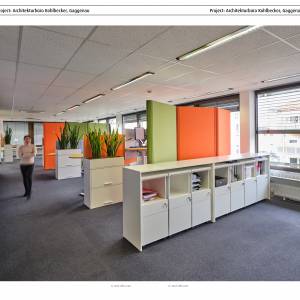 /a>
/a>
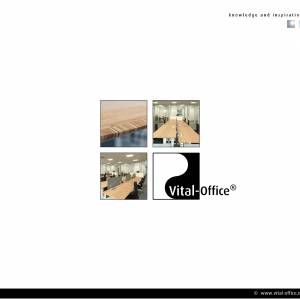 /a>
/a>
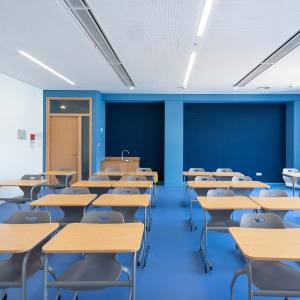 /a>
/a>
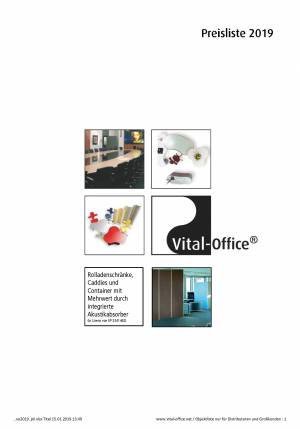 /a>
/a>
 /a>
/a>
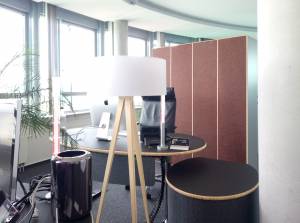 /a>
/a>
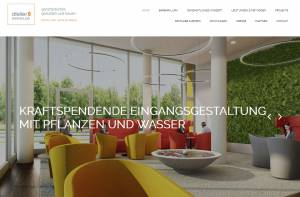 /a>
/a>
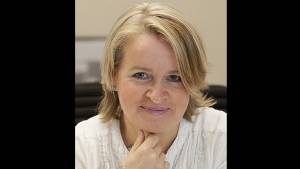 /a>
/a>
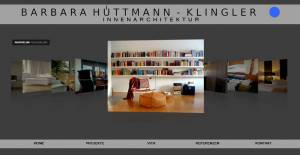 /a>
/a>
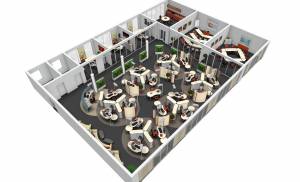 /a>
/a>
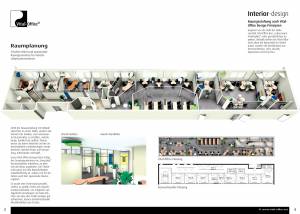 /a>
/a>
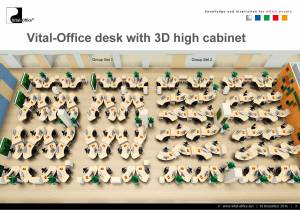 /a>
/a>
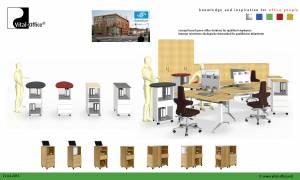 /a>
/a>
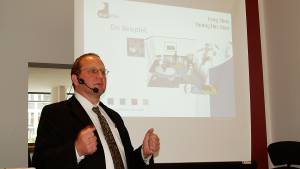 /a>
/a>
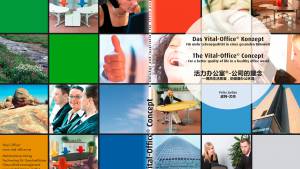 /a>
/a>
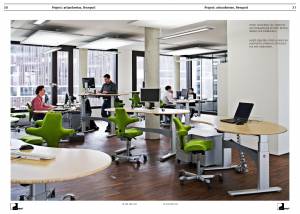 /a>
/a>
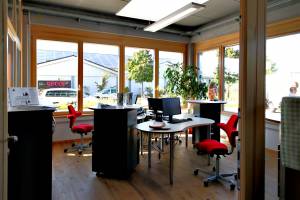 /a>
/a>
 /a>
/a>
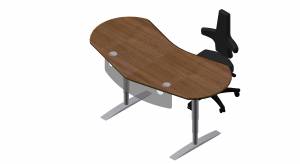 /a>
/a>
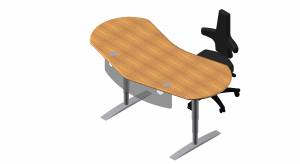 /a>
/a>
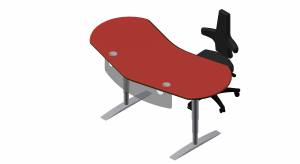 /a>
/a>
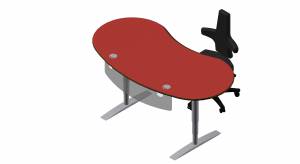 /a>
/a>
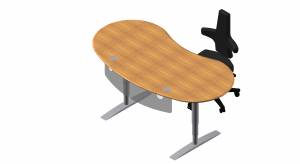 /a>
/a>
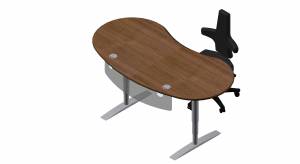 /a>
/a>
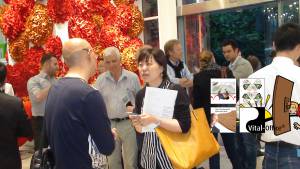 /a>
/a>
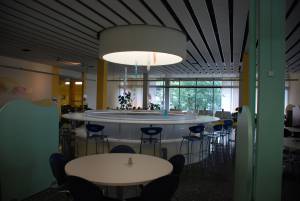 /a>
/a>
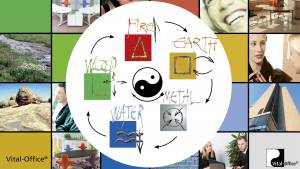 /a>
/a>
 /a>
/a>
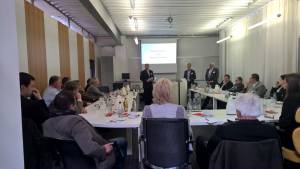 /a>
/a>
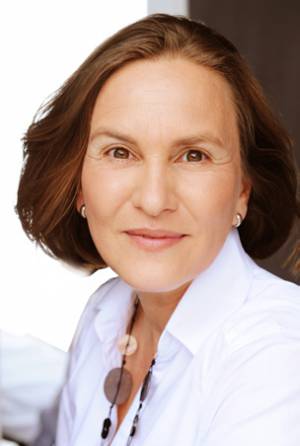 /a>
/a>
 /a>
/a>
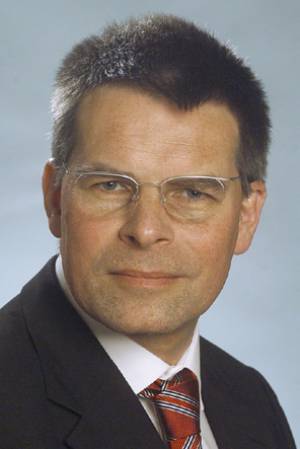 /a>
/a>
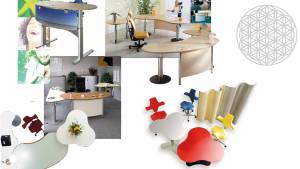 /a>
/a>
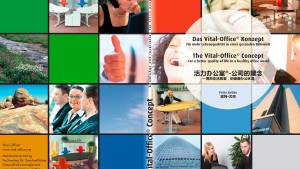 /a>
/a>
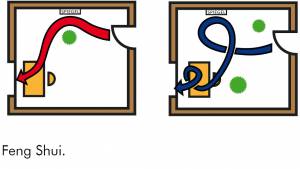 /a>
/a>






